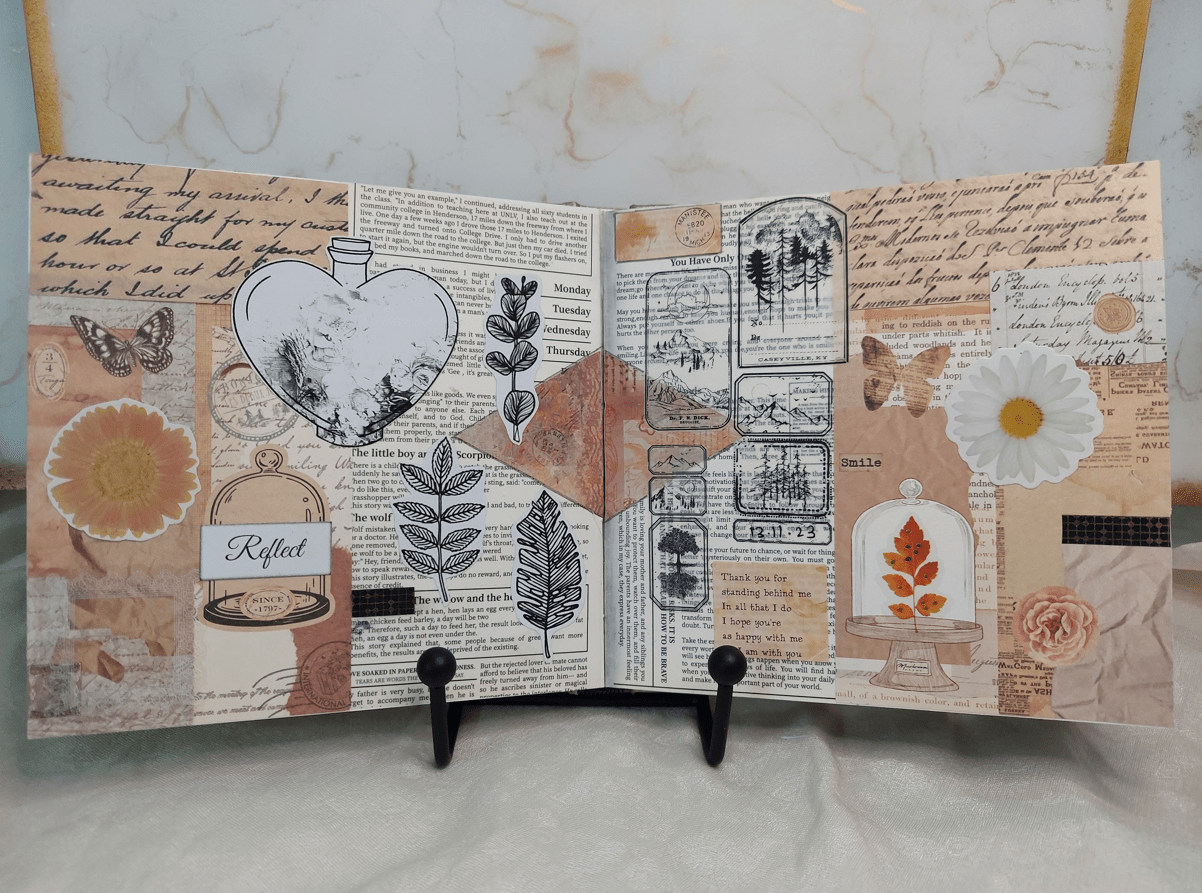Currently Empty: ₨0.00

July 23, 2024
0 Comments
Art Journaling and How It Is A Great Therapy for Mental Health
In today’s fast-paced world, mental health has become a focal point for many seeking balance and well-being. While traditional forms of therapy and self-care are beneficial, art journaling has emerged as a powerful and accessible tool for mental health. Art journaling provides a unique avenue for self-expression, emotional release, and personal growth. In this article, we’ll explore the benefits of art journaling and how it can be a transformative practice for mental well-being.
What is Art Journaling?
Art journaling is a form of creative expression that combines visual art and writing. Unlike traditional journaling, which relies primarily on words, art journaling incorporates a variety of artistic mediums such as drawing, painting, collage, and mixed media. The result is a personal, artistic record of thoughts, feelings, and experiences.
The Therapeutic Benefits of Art Journaling
Discover how integrating creativity into your routine can significantly improve your mental well-being.
Emotional Expression and Release
One of the primary benefits of art journaling is its ability to facilitate emotional expression and release. Emotions that are difficult to articulate verbally can often be expressed more easily through art. By using colors, shapes, and images, individuals can convey feelings of anger, sadness, joy, or confusion in a safe and manageable way. This process of externalizing emotions can provide significant relief and reduce overwhelming feelings.
Stress Reduction
Engaging in creative activities like art journaling has been shown to reduce stress levels. Creating art can be meditative, helping to quiet the mind and focus on the present moment. This mindfulness aspect of art journaling allows individuals to take a break from their worries and anxieties, providing a calming effect that can lower stress hormones and promote relaxation.
Self-Exploration and Insight
Art journaling offers a unique way to explore and understand oneself. By visually documenting thoughts and experiences, individuals can gain new perspectives and insights into their inner world. This process of self-exploration can uncover patterns, beliefs, and emotions that may not be immediately apparent through traditional journaling. Over time, these insights can lead to greater self-awareness and personal growth.
Empowerment and Self-Efficacy
Creating art can be a powerful way to build a sense of empowerment and self-efficacy. Individuals experimenting with different materials and techniques develop new skills and discover their creative potential. This sense of accomplishment and mastery can boost self-esteem and confidence, which are essential to mental well-being.
Processing Trauma and Grief
For those dealing with trauma or grief, art journaling can be a valuable tool for processing difficult experiences. The non-verbal nature of art allows individuals to express and work through painful memories and emotions at their own pace. Art journaling can also be a safe space for exploring and integrating these experiences, fostering healing and recovery.
Enhancing Communication
Art journaling can improve communication, both with oneself and with others. Individuals can better understand and articulate their emotional experiences by creating visual representations of thoughts and feelings. It can be beneficial in therapy, where sharing art journal entries can facilitate deeper discussions and insights. Additionally, art journaling can enhance communication in personal relationships by providing a medium for expressing emotions that might be difficult to convey through words alone.
Getting Started with Art Journaling
Starting an art journal can be an exciting and liberating experience. Here are some tips to help you get started:
Gather Your Supplies
Begin with basic supplies such as a sketchbook or journal, pens, pencils, markers, paints, and other materials that inspire you. You can experiment with different mediums and techniques as you become more comfortable.
Create a Safe Space
Find a quiet, comfortable space to work on your art journal without distractions. This space should feel safe and inviting, allowing you to relax and focus on your creative process.
Set an Intention
Before you begin, take a moment to set an intention for your art journaling session. It could be a specific emotion you want to explore, an experience you wish to process, or simply a desire to express yourself creatively.
Let Go of Perfection
Art journaling is about the process, not the final product. Let go of any expectations or judgments about your work. Allow yourself to experiment and play with different materials and techniques, focusing on the experience rather than the outcome.
Reflect on Your Work
After completing a journal entry, take some time to reflect on your work. Consider what emotions and thoughts came up during the process and what insights you gained. This reflection can deepen your understanding of yourself and enhance the therapeutic benefits of art journaling.
Conclusion
Art journaling is a versatile and powerful tool for enhancing mental health. Combining creativity and introspection offers a unique way to express emotions, reduce stress, and gain self-awareness. Whether you are dealing with trauma, seeking personal growth, or simply looking for a creative outlet, art journaling can be a valuable addition to your mental health toolkit.
So grab your journal, order our sticker packs, and start exploring the transformative potential of art journaling today.

